The Wealth of Nations Index and Poland’s position: in the midst of the war in Ukraine
This is the fourth time we have prepared the Wealth of Nations Index (WBN). This is the third consecutive time that the survey has covered all countries belonging to the OECD or the European Union. In this year’s edition, the indications of the NPV reflect the state at the beginning of 2023, which is – to some approximation – after a year of the aggressive war waged by Russia against Ukraine. Therefore, the indicator depicts a crisis-by-crisis situation – the socio-economic troubles associated with the coronavirus epidemic have been replaced by a peri-war crisis since 2022. However, in doing so, one should not succumb to the narrative that the economic turbulence we have seen for several years is the result of external factors beyond the control of political decision-makers sitting in governments or central banks. Just as the COVID-19 virus did not spontaneously cause difficulties in supply chains, the explanation for the high inflation prevailing for a long time in most developed economies does not lie in “putinflation.” Nevertheless, the WBN suggests that crisis after crisis is a reality.
Western increases failed to break through the 2019 ceiling
Although most of the countries surveyed recorded an increase in their GVA indication compared to the crisis year before, in which they were only recovering from the COVID-19 epidemic hole, the results for 2019 were not clearly surpassed. Among the wealthier EU countries, the Netherlands (4.4 points, +4.7 percent), Italy (3.4 points, +4.5 percent), Denmark (4.5 points, +4.5 percent), Spain (2.4 points, +3.4 percent), Sweden (up 2.5 points, +2.8 percent), Austria (1.4 points, +1.5 percent. ) and Belgium (0.5 points, +0.6 percent); Switzerland (up 3 points, 2.3 percent), New Zealand (2.5 points, +3.2 percent), the United Kingdom (4 points, +4.9 percent), Israel (3.8 points, +5.2 percent) and Norway (8.3 points, +7.7 percent) also rose. Germany recorded a decline, as it did a year earlier – this time by 0.4 points (-0.4 percent). So, across Poland’s western border, the crisis that began in 2020 is proving to be exceptionally long-lasting. Ireland’s score also went up significantly, although it should be accompanied by the standard caveat that the peculiarities of Irish national income elevator the NPV indication.
Eastern Europe was also recovering quickly from its slump. The NPV indications of Slovenia (1.1 points, +1.4 percent), Lithuania, (1.1 points, +1.5 percent), Romania (1.5 points, +2.6 percent), and Slovakia (1.7 points, +2.8 percent) grew at different rates year-on-year – a slow-growing group. In contrast, the NPV of Greece (up 3.3 points, +5.9 percent) and Croatia (3.7 percent, +6 percent) grew faster. Poland will be discussed further.
However, a separate commentary is due first to the United States. The U.S. NPV fell year-on-year by 2 points (-1.8 percent), although this is not comparable to the U.S. NPV of a year ago. In this year’s edition, we adjusted the U.S. score to account for the non-public nature of healthcare in that country. For the most part, private health care distinguishes the U.S. from the rest of the cohort assessed in the NPV; this is important because one of the eight criteria by which we assess the quality of public spending is the quality of health care spending. The U.S. score in this category is thus obtained mainly by private aggregate; other countries’ scores are obtained mainly by public aggregate. It would be wrong, then, to include Americans’ spending de facto in two places: on the one hand in the role of private spending, on the other in the role that builds the index of the quality of U.S. public spending – yet both add up to the NPV (see methodology tab). The compromise solution we have adopted is to divide America’s score in the quality sub-indicator of public spending on health care by two.
Poland still in 27th place – Portugal just around the corner
There have been several changes in the WBN ranking compared to last year. At the top, the most important is the decline of the United States by one place (this would also have happened if we had not lowered the US index of the quality of public spending on health care). If we exclude Ireland, the top spot is still occupied by Switzerland (134 points), followed by Norway (116.4) – up one place, the US (109.6) and Denmark (103.8), which again achieved the best score in the EU. Denmark is followed by the Netherlands (97.7) – up one spot, Austria (96.4) – down a spot, and Germany (92), whose position is increasingly threatened by Sweden (91.5).
Poland maintained its 27th position in the WBN ranking with a score of 68.6. Portugal (71.1) and Estonia (72.9) are within range. It is noteworthy that Poland’s public spending quality index – one of the two components of the NPV – declined year-on-year and now stands at 57.9 (59.1 a year ago). The primary reason for this year’s decline is a downgrade in the quality of spending on primary and secondary education related to the publication of PISA test results. At the same time, this is the second consecutive year that Poland’s public spending quality index has declined. This year, by the way, a similar decline in the quality index of public spending has affected most of the countries surveyed (the average last year was 69.2, this year’s was 65.5), primarily due to a decline in the quality assessment of defense spending.
The amount of public spending translates into quality
This is yet another time when we see a clear relationship between the quality of public spending and its absolute amount per capita. Once again, the expected quality of Polish public spending, i.e. that predicted from a survey of the entire cohort of countries, almost exactly matches its actual quality. Countries that lie below the dashed line of best fit can be said to spend public funds better than they should in their fiscal situation. Those whose scores lie above it – the opposite. Poland (highlighted in red) is minimally below the line, which means that it achieves average efficiency in the use of public money in the studied group of countries.
Most interesting are the cases of those countries that achieve high indications of the public spending quality index at a relatively low cost. Portugal, Latvia, Lithuania and Slovakia are countries that spend less public money per citizen than Poland, but the money is spent better, resulting in a higher public spending quality index than Poland. Estonia and Switzerland also stand out as countries with a favorable quality to public spending ratio.

Ahead of the next edition of WBN
Next year’s edition of WBN will show how the assessed countries are coping after two years of war in Ukraine and whether they have successfully overcome a series of socio-economic difficulties that began with the onset of the COVID-19 epidemic.
The Wealth of Nations Index website is available HERE.






